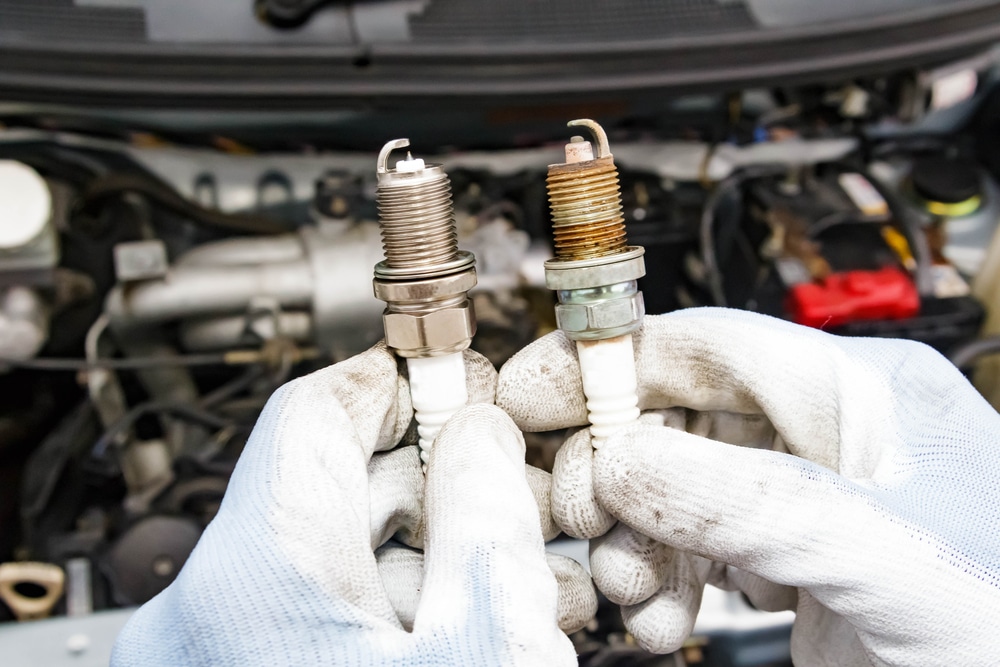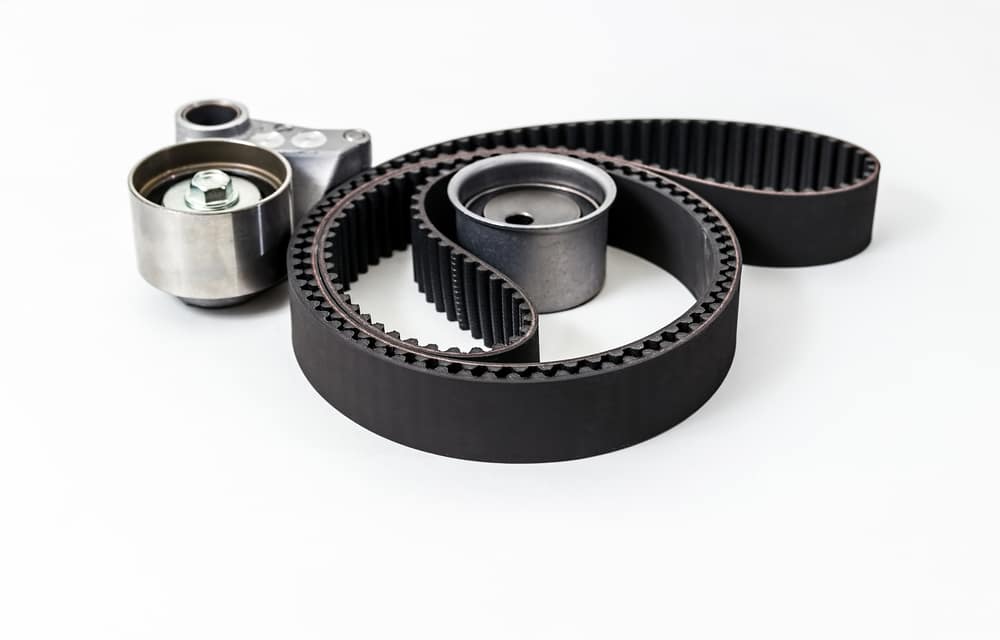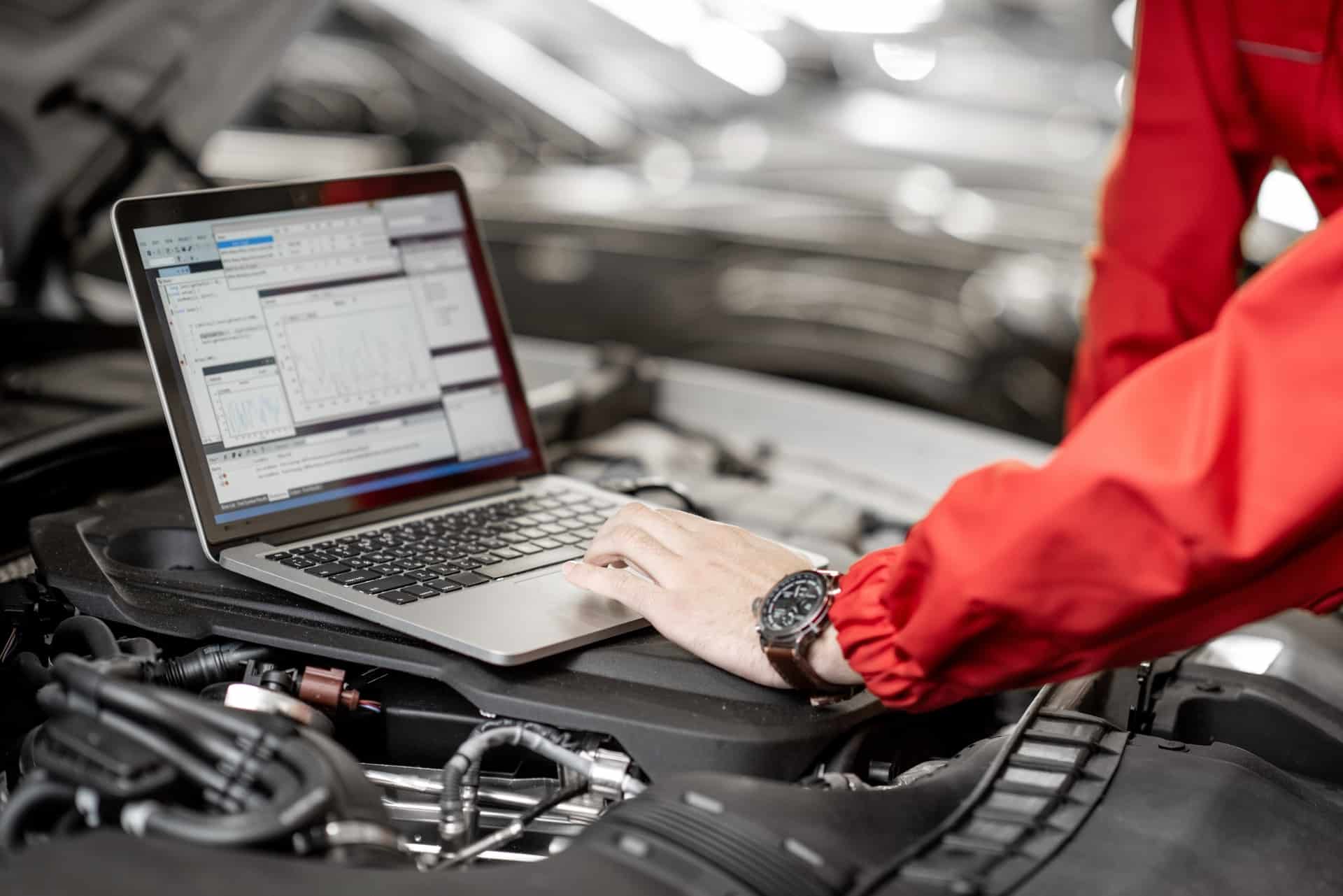At Fitch Autos we are very keen to keep you on the road in a car you can trust. The Fitch Autos technical team specialise in technical diagnosis so we’ve put together this quick 3 minute read to answer that all important question.
So, one of your dashboards’ warning lights is showing. What are you supposed to do?

Our cars are complex pieces of engineering, that nowadays have a lot in common with airline jets than a car of just a few years back. They all have dozens of computers keeping our vehicle’s systems operating as smoothly as possible.
But how do you know when one of these systems requires attention? This is where the dashboard warning system comes into its own.
Every time we start our cars and switch on the engine the dashboard lights up. A few seconds later, the lights should all go off again. But what if any one of them doesn’t?
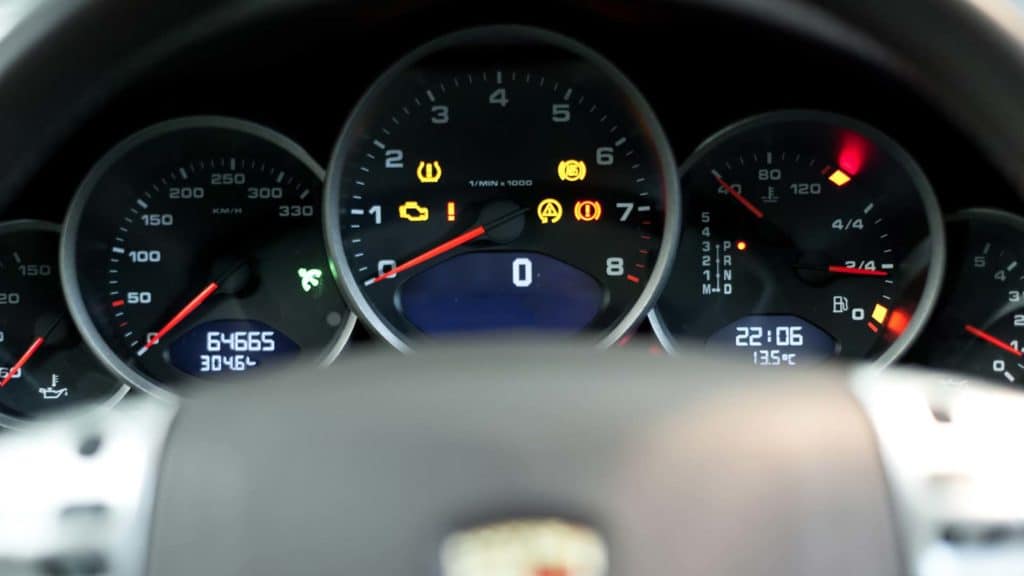
The ones to be most aware of are the Stop-the-Car warning lights. These are the most serious because they warn that something important on the needs you to stop as safely as possible to possibly stop serious damage being caused.
This list of the most common dashboard lights that lead to people calling us includes:
The Engine Management Light
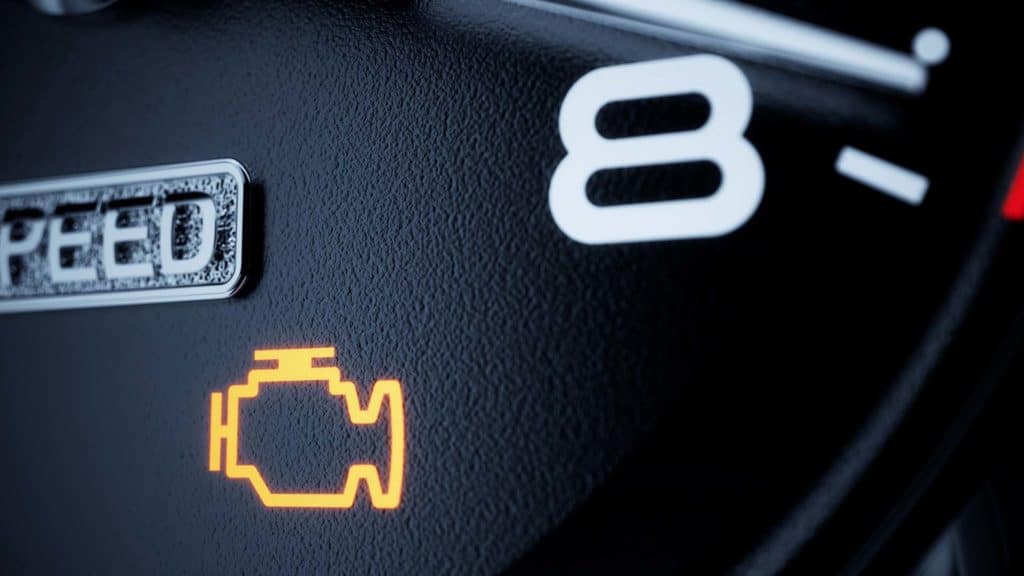
Usually in the shape of an engine that’s been lit up this lamp highlights that the engine has s a mechanical or electrical fault. It comes if and when one of the engine’s systems is outside its normal parameters and indicates that attention is needed.
Any failure to heed this warning could lead to more damage occurring or even the car breaking down. A simple diagnostic evaluation by the garage should identify the cause and indicate whether it’s a quick fix or something more substantial that needs to be done.
The Braking System Light and ABS Warning Light
The brake related lights on the dashboard show when there are faults with the car’s braking systems. These faults could have very dangerous consequences so the lights cannot be ignored.
The ABS lamp
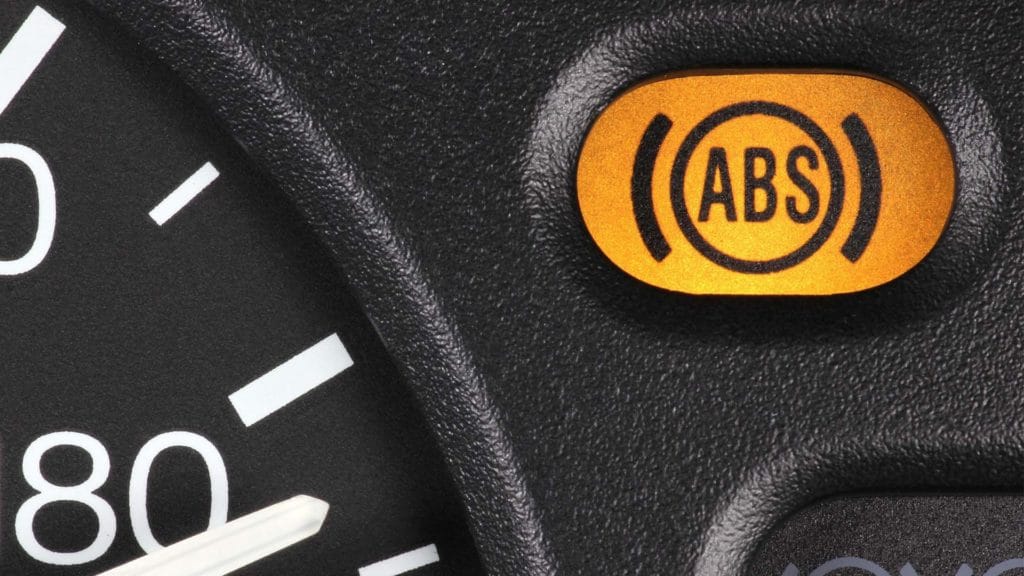
This relates to the car’s Anti Lock Braking System and may be warning that your braking distance may be affected, there is a bigger likelihood of you skidding and your ability to steer whilst braking could be impaired.
The Power Steering Failure Lamp
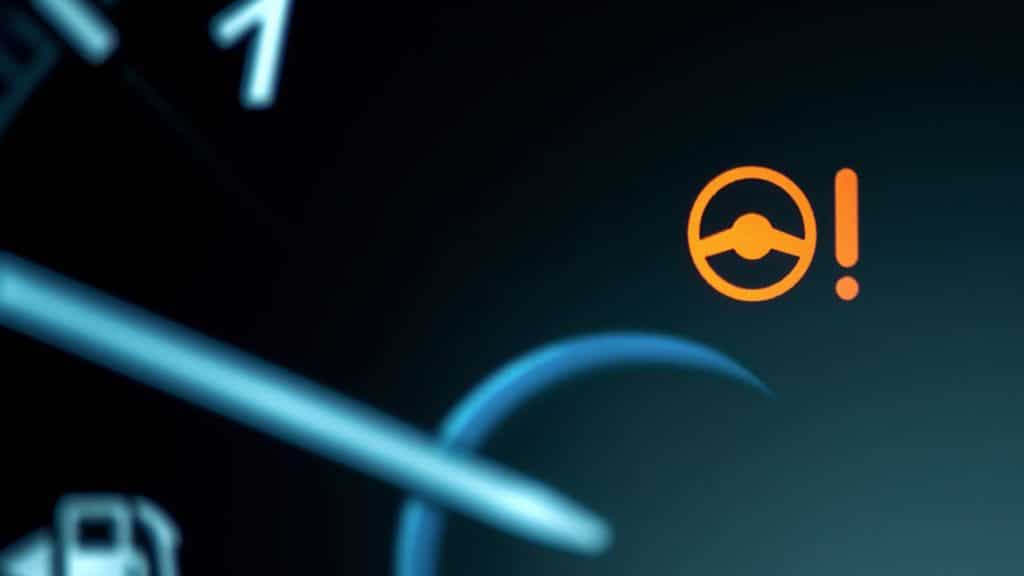
A power-steering fault usually coincides with a car becoming extremely heavy to steer and difficult to control. Manoeuvering the vehicle at slow speeds may still be possible, but driving at anything approaching normal speed would be extremely dangerous.
The Airbag Warning Light
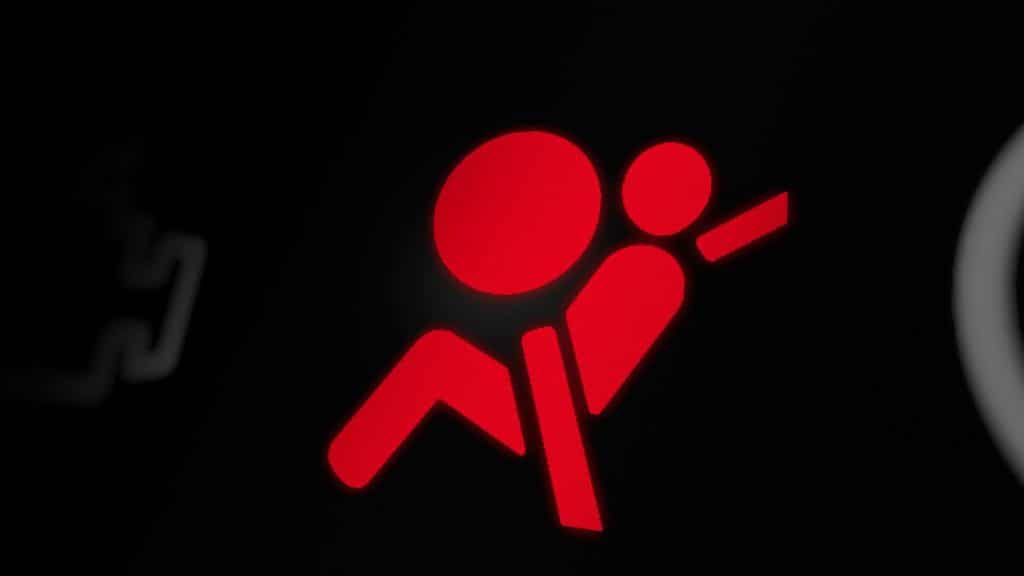
Indicating faults with the airbag system this light is not telling you anything about the way your car will handle or drive. What it does say is that airbag malfunction is likely and this can’t be ignored because the consequences could be extremely serious, especially if there is an accident. Airbags are integral to a modern car’s safety system and cannot be treated as optional extras.
The Oil Pressure Light
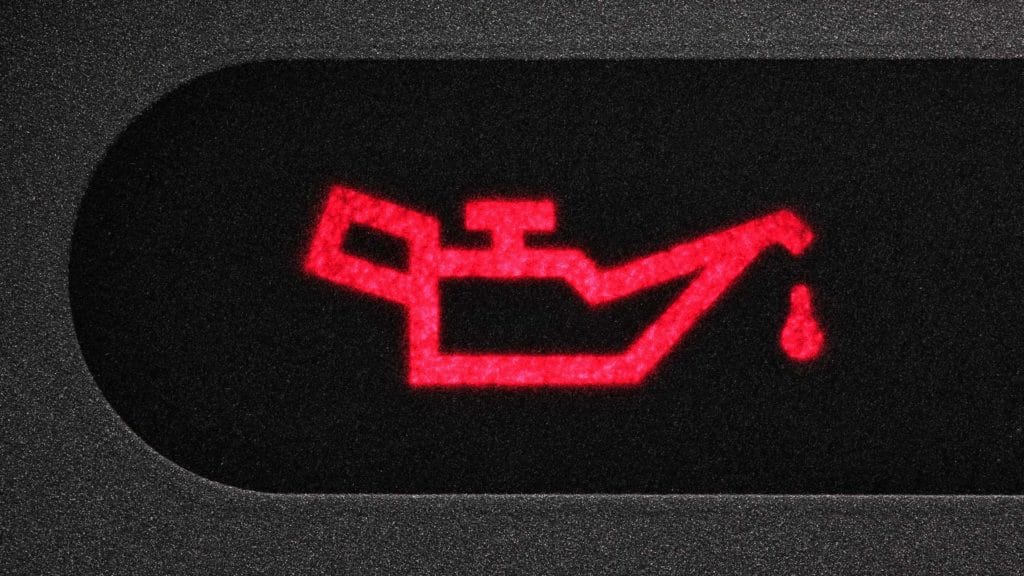
Warning of low oil levels or significant loss of oil pressure, this light is likely to come on when there is insufficient oil or because of a serious mechanical failure. You should pull over as safely as possible because continuing to drive could lead to complete engine failure and even more serious damage.
The Cooling System Light
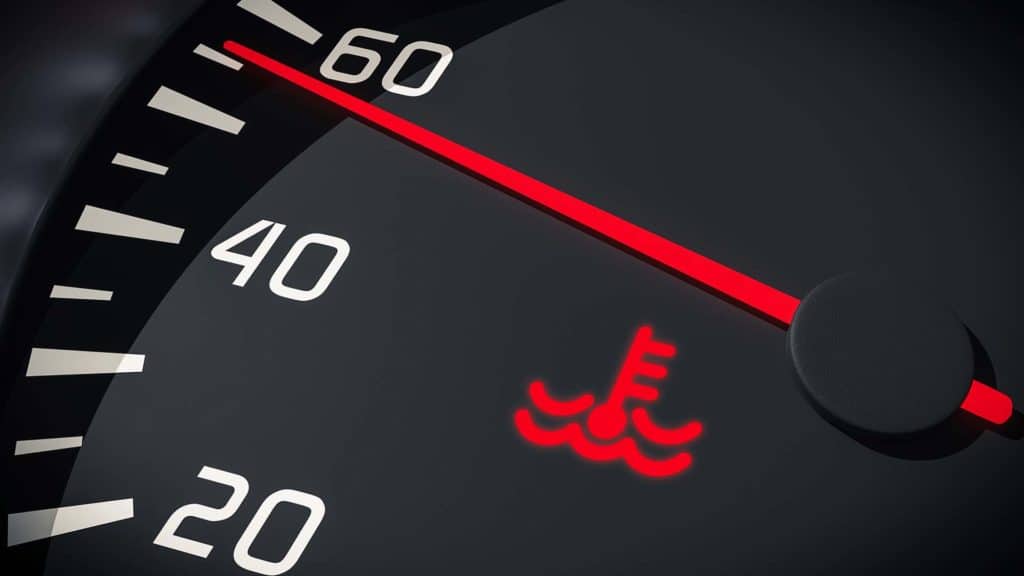
Coolant stops the engine from overheating. This warning says that by carrying on driving may cause the vehicle to seize up or it will suffer from impaired performance with serious engine damage highly likely.
So, now you hopefully know the most important lights of which to take heed. Failing to act on their warnings could lead to a lot of unnecessary expense, which we are keen to help you to avoid.
At Fitch Autos, we are experts in this field and can fix even the most complex systems in your car. Our skilled technicians guarantee that they will always give you peace of mind and great value when we maintain your car.
Call us today. We’re here to help!
